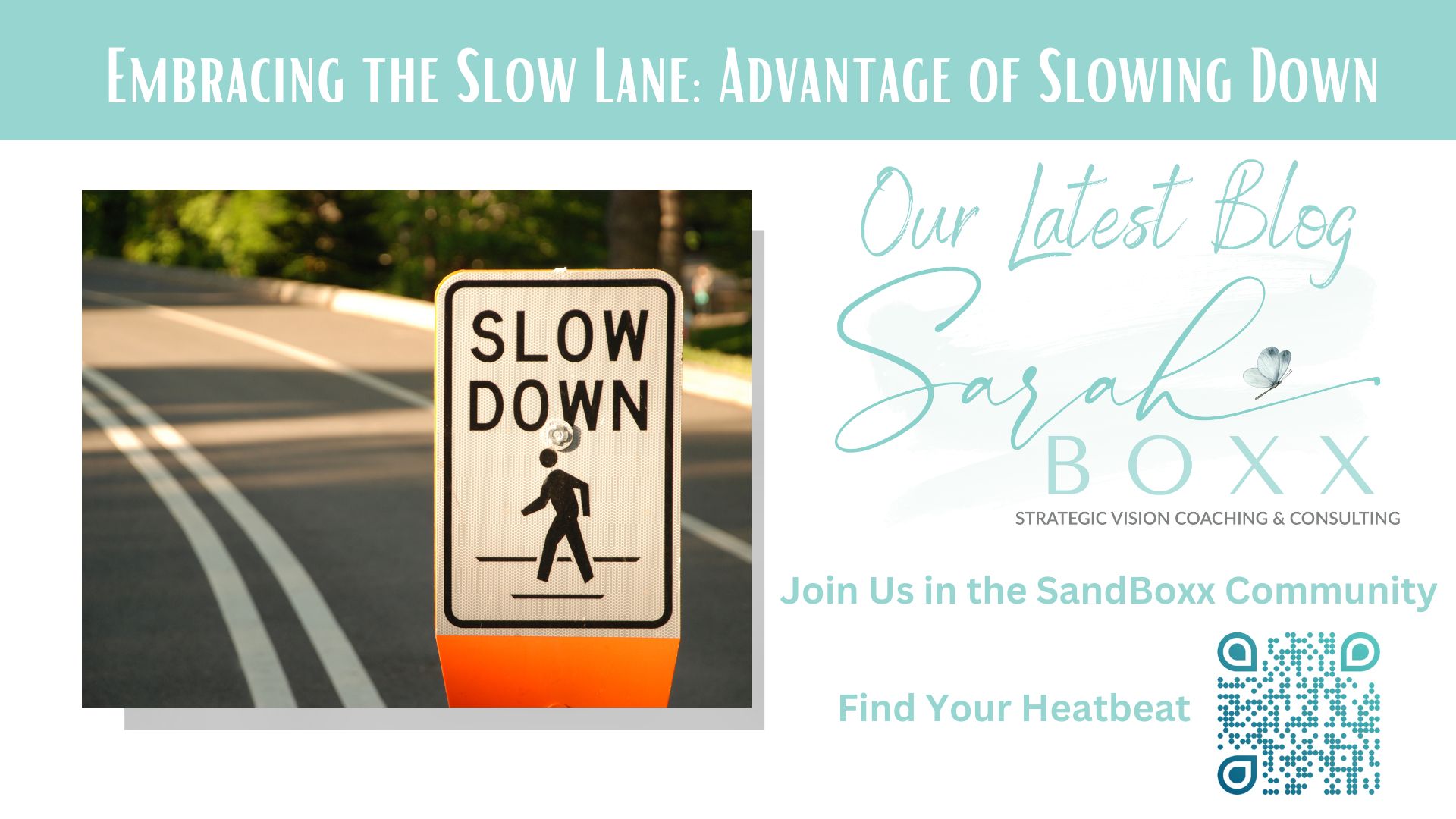I was only trying to change a behavior and break a habitual response, but at the end of the week, I’d walked 25 miles and met new people. Here is how the journey started, with a little background on me to set the stage…
I’m a planner and while I like to know what’s on my plate for any given day, I tend to go with the flow. The downside is when going with the flow has me ending my day not attending to some of the personal and professional goals I set for myself. I’m nothing if not consistent when it comes to my business and professional goals.
But, add in consistent (daily) time to be outside in nature and exercise? Or, quiet time to reflect and be still? Personal time for self-care? Ah, how quickly those intentions fall by the wayside, many times so that I can avoid feeling uncomfortable, disappointing others, and ensuring everyone has what they need (want?) from me. Even as I’ve become great at managing a calendar and keeping focused on my goals, this one goal in particular has tripped me up over and over. Do I hear a “ditto” from anyone? It’s a common goal to struggle with.
I’m lucky that my office is in my home. It should make it easy to just get up, suit up, and head out on a walk with one of the dogs before firing up the computer and jumping into the day. More mornings than I can count, I’d gotten nearly out the door, dog leash in hand… and then…
I looked at my email. Walk aborted.
Someone had a question and if I would just answer it, it would really help them out. Someone else needed to talk because they were heading into early morning meetings and would be out the rest of the day. And then, someone else had just now read my email from last week and was responding with the time-sensitive information I’d requested so I could turn a document for them.
All of it was normal business. All of it mattered. And, it ALL felt more pressing than my pre-planned 45 minute walk.
Truth: The email could have waited. But it didn’t. I could have waited to respond. But I didn’t. And… the 3-minute response took 15 minutes, which lead to another task, and before I knew it, the window to get the walk in had shrunk so small that I didn’t bother to step out the door. In my head, I could hear Klaus (the dog), “Really? No walk? Could we at least play fetch? I’ve got to stretch my legs!”
I needed to make a change. I needed to break a habit and start a new behavior.
Habit to break: deferring or canceling daily exercise and reflection time.
New behavior: No email or social media before exercise and breakfast.
There is a lot of conversation and attention to breaking habits that no longer serve us and replacing them with those that do. Let’s face it – habits are hard to break, good or bad. Suggestions and tips are everywhere: in books, blogs, podcasts, TED Talks, and TV. There is research about what tends to work, about myths and misunderstandings, about how long it takes to form or change a habit. There’s A LOT of DATA out there. I pay attention to it, so I can help my clients and myself adapt and adjust as we uncover habits and beliefs that hold us back from what we want to achieve.
So, I decided to (re)take my own advice and that of mentors, coaches and research and get serious and intentional about my morning routine. Here’s the habit I wanted to change and the new behavior I wanted to instill, and the steps I took to make it stick. Six seemingly easy steps proved to be a steep challenge – minimize your learning curve by living through my experiences below.
- Set a target, a goal, and start small. Creating a small achievable goal, something that influences the larger goal or vision is essential. Having one SMART goal (specific, measurable, actionable, realistic and time-bound) is essential. This is a concept familiar to anyone that’s done strategic planning. But, no matter how much people think they understand the concept, I’ve found that there’s still a tendency to set a goal that may be specific and even measurable and time-bound, but it’s often too complex. This means that it’s not actionable or realistic. Start small, with simple, yet impactful goals.
- Get specific. [Download your free 5×5 Exercise HERE] Once you’ve set a strong goal for yourself in Step 1, it’s time to know more about your motive, your “why” and what you want to gain. What specifically do you want to be, do, have or experience from achieving this goal? It’s important to know this because when the urge to go back to the comfortable and familiar raises its ugly head, and it will, being able to tap into your motivation will help you stay the course.
BONUS: When you think you have it figured out, I’d recommend asking yourself, what else matters, what’s next on the list of motivations?
Here is where I will leave you. You’ve got Steps 1 & 2, plus a free tool to help you gain more clarity on your goals. Take the next few days and think on your answers. Perhaps carve out 15 minutes during a morning cup of coffee this weekend to jot down some notes and fill in the 5×5 exercise. Just taking a few minutes to focus on your personal goals will help put you in positive mindset, as we discussed in our last blog. Follow along next week for access to Steps 3 through 6 that guided my way while walking 25 miles.


